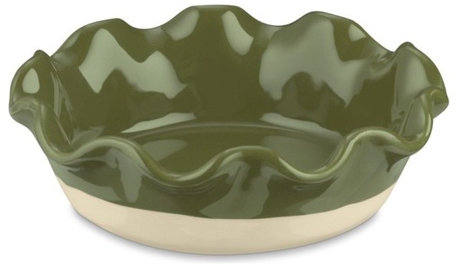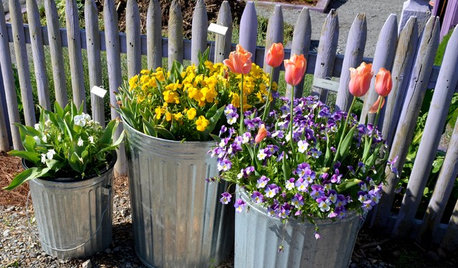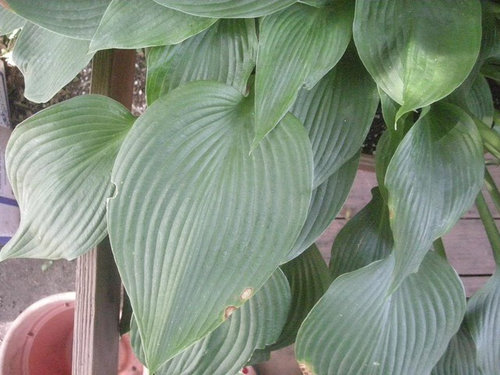Treating leaf anthracnose
bkay2000
11 years ago
Related Stories

PRODUCT PICKSGuest Picks: Baking and Decorating Goodies for Fall Treats
Cutters, pans, sprinkles and other kitchen supplies to make your fall baked goods look as yummy as they taste
Full Story
BUDGET DECORATINGSimple Pleasures: Treat Yourself to Cut Flowers
Enjoy priceless beauty with just a few inexpensive stems — and you don’t need fancy vases, either
Full Story
ORANGETreat Your Rooms to Pumpkin Pie Orange
Stir some pumpkin colors into your interiors for design deliciousness that lasts well beyond Thanksgiving
Full Story
SHOP HOUZZA Feast of Treats for Valentine’s Day Breakfast
Give them as gifts or indulge yourself. These goodies from the Houzz Products section will start your day on a romantic note
Full Story
EDIBLE GARDENSSee How a Practical Garden Can Be a Visual Treat, Too
A university edible garden overflows with ideas for growing produce and flowers in containers, beds — or a pickup truck
Full Story
TRAVEL BY DESIGNHouzz TV: Take a Leaf-Peeping Road Trip in New England
Ride along with a Houzz contributing photographer to see gorgeous autumn eye candy from New York to New Hampshire
Full Story
GARDENING GUIDESGreat Design Plant: Honey Locust Tree
No, it doesn't actually produce honey. But its dappled light and tolerant nature are treats in city and country settings alike
Full Story
LIFESimple Pleasures: Indulging in Teatime
Get out the china cups and cream-slathered scones. Tea with treats can make even an uneventful day feel extravagant
Full Story
PETSHouzz Call: Show Us Your Pet Projects!
Bubble windows, fountains, doghouses, showers — what outdoor treats have you put together for your furry friends?
Full Story
DECORATING GUIDES10 Ways to Give Your Hospitality a Tropical Touch
Treat guests to the resort treatment with blossoms, fruit and artwork that stir up an air of the exotic
Full StoryMore Discussions









irawon
bkay2000Original Author
Related Professionals
Kyle Landscape Architects & Landscape Designers · Mooresville Landscape Contractors · Conroe Landscape Contractors · El Segundo Landscape Contractors · Mesa Landscape Contractors · New Brighton Landscape Contractors · North Richland Hills Landscape Contractors · Vancouver Landscape Contractors · Webster Groves Landscape Contractors · Gages Lake Driveway Installation & Maintenance · Channahon Fence Contractors · Parker Fence Contractors · Turlock Fence Contractors · West Jordan Solar Energy Systems · Easton Solar Energy Systemsi-like-to-grow
ken_adrian Adrian MI cold Z5
bkay2000Original Author
Charlie44
Babka NorCal 9b
Steve Massachusetts
User
User
bkay2000Original Author
bkay2000Original Author
irawon
Steve Massachusetts
Steve Massachusetts
Charlie44
Charlie44
Steve Massachusetts
Charlie44
Steve Massachusetts
Charlie44
i-like-to-grow
irawon
i-like-to-grow
irawon
User